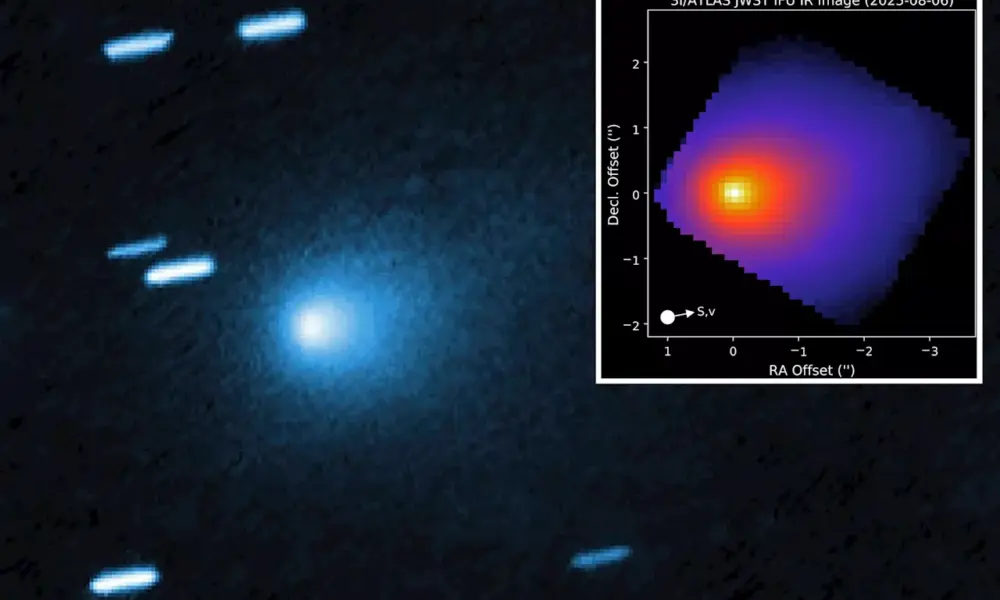A new discovery regarding the interstellar object known as 3I/ATLAS reveals that it is emitting a metal alloy not previously observed in nature. According to Dr. Avi Loeb, an astrophysicist at Harvard University, recent images captured by the Keck II Telescope in Hawaii showed that this object is producing a plume that includes approximately four grams of nickel every second, with no detectable iron present. This phenomenon, described as the emission of a compound called nickel tetracarbonyl, is unprecedented among comets.
Dr. Loeb emphasized the uniqueness of this finding, stating, “There is only one place where that is known to exist and that is in industrially produced nickel alloys.” He noted that such refined compounds have only previously been seen in human manufacturing processes. The implications of this discovery could extend into various sectors, particularly manufacturing, as nickel tetracarbonyl is used in metal coatings, including applications in the aerospace industry.
Unusual Characteristics of 3I/ATLAS
In addition to its unusual emissions, 3I/ATLAS is noteworthy for its lack of the typical cometary tail. Dr. Loeb pointed out that comets usually exhibit beautiful tails extending away from the Sun, but this object does not show any such evidence. Instead, images from the Hubble Space Telescope indicate that the interstellar object is producing a stream of materials directed towards the Sun, with a flow rate of approximately 150 kilograms per second. This stream primarily consists of carbon dioxide and water, accompanied by trace amounts of cyanide and nickel.
The absence of a tail raises intriguing questions about the object’s behavior. Dr. Loeb pondered why there is a jet directed toward the Sun instead of the expected tail. This anomaly further complicates our understanding of the object and its interactions within our solar system.
Upcoming Observations and Public Interest
Skywatchers and astronomers worldwide are eagerly awaiting additional data from the Mars Reconnaissance Orbiter’s HiRISE camera, which captured images of 3I/ATLAS between October 4 and 7, 2025. However, the release of these images has been delayed due to a government shutdown that has impacted NASA’s communications department. Dr. Loeb expressed frustration over the situation, urging that the scientific data should take precedence over administrative issues.
The upcoming images from the HiRISE camera are anticipated to provide the clearest view yet of 3I/ATLAS during its brief passage through our inner solar system, offering scientists a unique opportunity to study this enigmatic object further.
The findings surrounding 3I/ATLAS could not only reshape our understanding of interstellar objects but may also have broader implications for materials science and other fields. As researchers continue to analyze this extraordinary object, the scientific community remains focused on uncovering more secrets hidden within our solar system.






